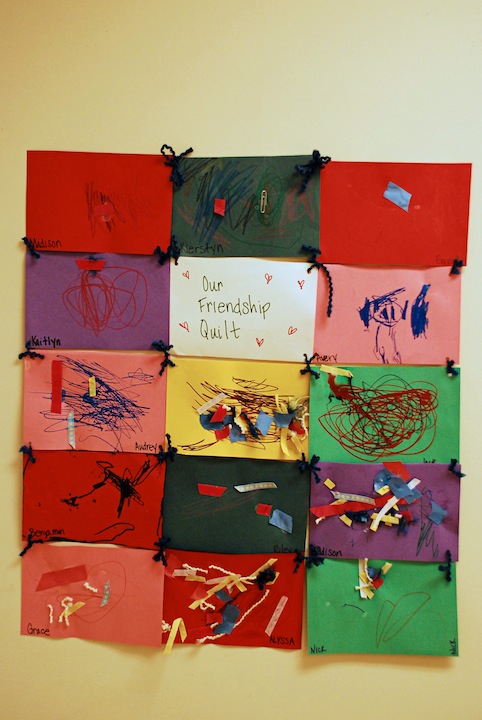“He has a low IQ.”
“She’s very intelligent.”
Sometimes we talk as though intelligence were a single commodity that people have in greater or lesser supply. Yet we see all around us adults and children who are very smart in math but not at all good with words, musically gifted but klutzy on the athletic field, and so on. Most of us, in fact, struggle with some tasks and sail through others.
Educators now know more about this variety in individuals’ “intelligences”-the modes we use to interact with the world thanks to the work of psychologist Howard Gardner. Seven of these intelligences are described by Gardner.
Children with a musical intelligence have a natural ear for melody, rhythm, and other musical elements; spatially oriented children enjoy reading maps and exploring how mechanical devices work. Other children are more at home using their linguistic aptitude-telling stories, playing with words, and reciting tongue twisters. Strong logical-mathematical intelligence shows up not only in math aptitude but in enjoyment of games and problems requiring logic and reasoning. Children who learn best when they are moving and handling things rely on their bodily-kinesthetic intelligence. An affinity for the natural world and its creatures stands out in children with a naturalistic mode of intelligence. Finally, children who make friends easily and have plenty of “street smarts” are interpersonal naturals, while quiet thinkers and strong-willed debaters shine in the more internal, reflective intrapersonal mode.
All of us have preferred modes of intellectual functioning. At the same time, we need to use each of the modes in one situation or another. Recognizing the various ways that children think and learn, teachers can help children both to use their individual strengths and to become more adept in learning modes that are not their strong point.







Leave A Comment